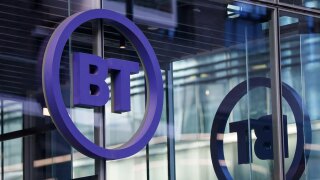With high expectations and plenty of disposable income to meet them, demand from gamers is likely to be one of the first consumer-led drivers for 5G services.
Conducted by Ribbon Communications Inc, the research questioned 5,000 gamers across five countries who reported playing at least three hours per day prior to the Covid-19 pandemic. The results showed the respondents were aware of the arrival of 5G, recognised its capabilities, and were willing to pay more for the upgraded experience it promised to deliver.
“5G-Native networks leverage advanced technologies including network slicing to offer deterministic performance, high speed, and strict service guarantees. These capabilities will help usher in new business and use cases for carriers to capitalise on,” said Patrick Joggerst, CMO and EVP, business development, Ribbon.
“The findings of this study, which will be reviewed at our upcoming 5G Perspectives event, prove that cloud gaming, combined with 5G, is a gainful area for carriers to address.”
Not only were 58% of the respondents already paying a premium for the best gaming experience possible on their connection, but 79% would consider replacing their current service with 5G to enhance the experience further.
As many as 58% would be willing to switch providers and 95% would be willing to pay more. In fact, as many as 60% would be willing to pay $126 a month compared to the current average of $84.
“Cloud gaming presents an important and lucrative opportunity for carriers who embrace 5G and deliver the improved service experience gamers crave,” said Lynnette Luna, principal analyst at GlobalData.
“The rapid shift to mobile and cloud-based game delivery, combined with the higher data speeds and reduced latency 5G offers, create a better user experience for gamers and a revenue-rich eco-system that carriers shouldn't ignore.”
Building on traditional revenue streams – and the $150 billion already forecast – Ribbon said carriers could derive additional revenue by forming partnerships with gaming content providers to sell subscriptions to cloud services and bundled packages.
“The research clearly shows that these avid gamers present a highly addressable audience for carriers. They are aware of the internet speeds they receive, understand the detrimental impact of latency on their gaming experience, and are prepared to spend what it takes to negate these issues,” Joggerst added.
“Carriers that invest in and build standalone 5G networks will be the first to offer advanced connectivity and will find themselves well-position to form new partnerships with gaming content providers and dominate the 5G cloud gaming sector accordingly,” he added.





